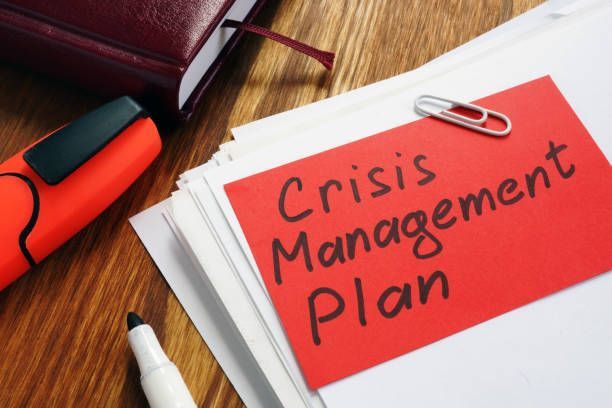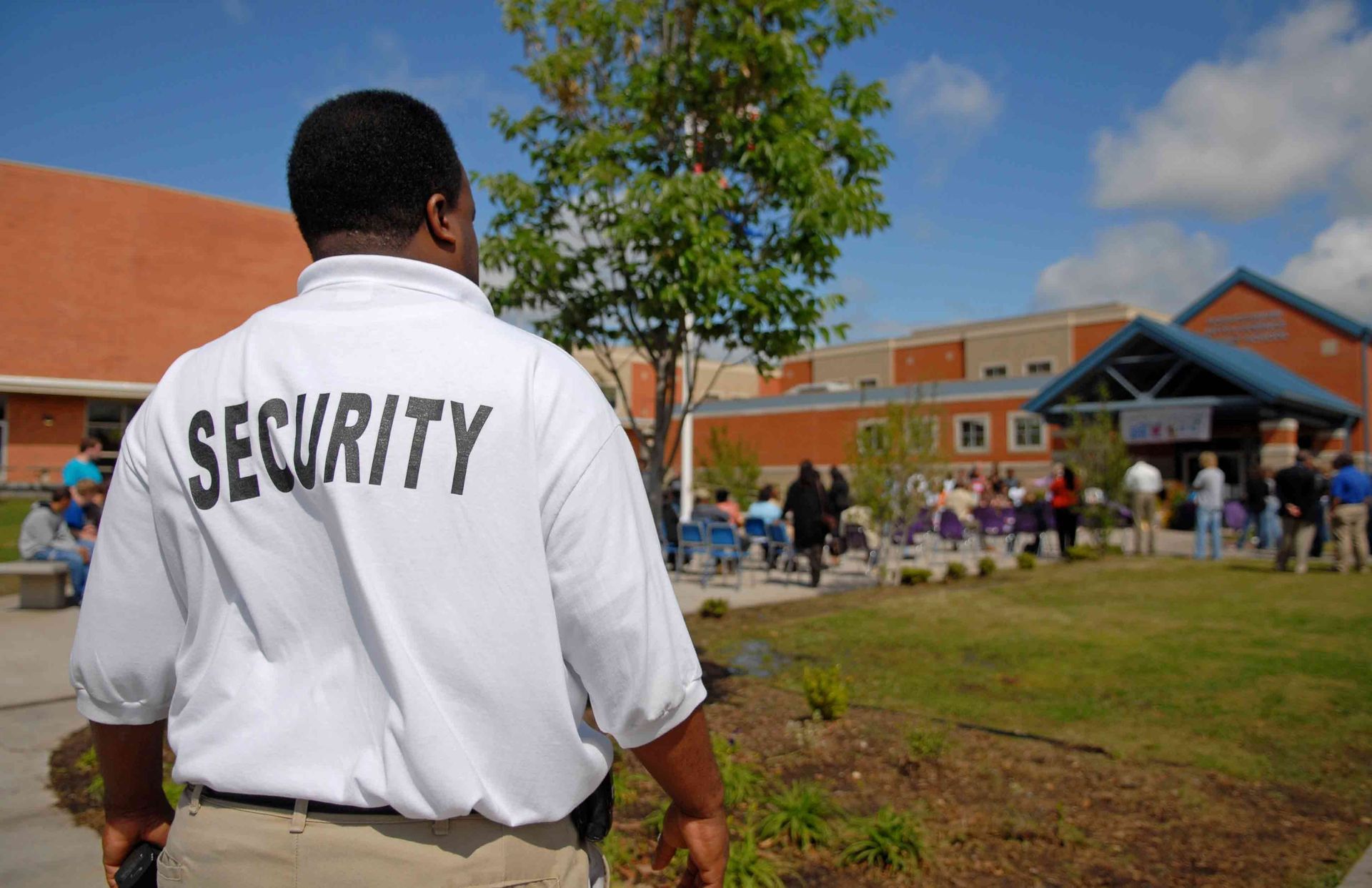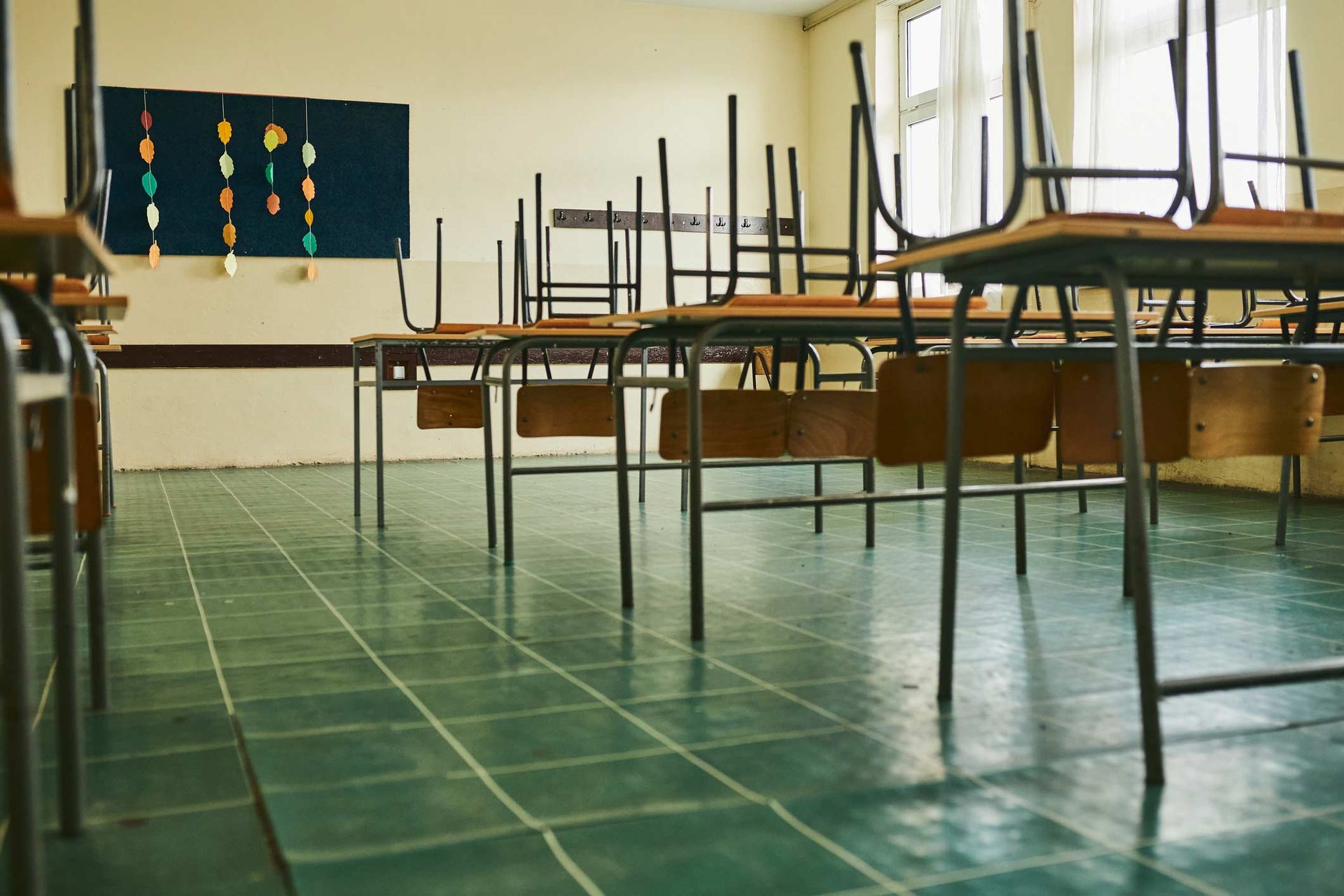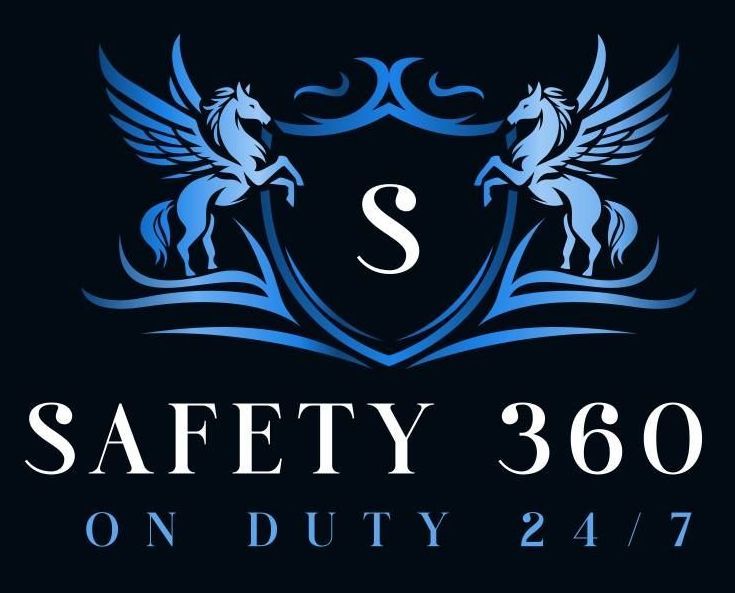Campus Management Software Resources
How to Create a Crisis Management Plan Using Digital Twins
Matterport Editorial Team
July 09, 2024
No one wants to plan for the worst—which is exactly why some education administrators, school board members, and church leadership may delay creating or updating a crisis management plan.
However, planning for the worst while hoping for the best remains the most responsible approach to protecting both schools and churches. The reality is that violent incidents, natural disasters, and other emergencies are on the rise. We’ve all seen the headlines—active shootings in schools, threats made against places of worship, and severe weather events that have forced closures and evacuations.
For example, one out of five students in California was sent home at least once a year due to a natural disaster, threat of violence, or another emergency. Similarly, churches across the U.S. have faced threats, intrusions, and catastrophic events that have disrupted services and placed congregations at risk. These incidents underscore the urgent need for a robust, all-encompassing emergency preparedness plan.
While many schools already have some written safety policies in place—such as the 94% of public schools that had procedures for natural disasters in the 2022–2023 school year—both schools and churches must be prepared for a broad range of incidents. From severe weather to medical emergencies to acts of violence, the ability to respond quickly and effectively can save lives and minimize harm.
That’s where a comprehensive crisis management plan—tailored to the unique needs of both educational institutions and houses of worship—can make all the difference.

What Are Crisis Management Plans for Schools?
A crisis management plan comprehensively documents the steps school officials can take to anticipate, respond to, and recover after unforeseen crisis situations. This plan includes protocols to address a wide variety of incidents, from violence to natural disasters to medical emergencies.
Why Schools Need a Crisis Management Plan in Place
While school administrators can't plan for every scenario they may encounter, a crisis management plan is a proactive way to help staff and students respond appropriately to emergencies.
A comprehensive plan is easy to reference ahead of incidents and can quell the chaos that follows in the wake of an unexpected incident. But a school crisis management plan offers a wealth of other advantages, including:
Ensuring a Safe School Climate
When an emergency arises, a delayed or bungled response can endanger the safety of more school staff and students. For example, not breaking up a student-on-student fight immediately could lead to more students—or even educators—being injured or pulled into a fight.
However, a school crisis management plan dictates how to respond to different scenarios appropriately. The right emergency response at the right time can ensure administrators keep students and staff safe while dealing with the incident quickly.

Reducing Panic
During an emergency, it's easy to get swept up in the chaos of the situation. If students don't know where to go during a bomb threat, hundreds of kids could panic and run for the same exit—which could lead to injuries.
However, a proactive plan and effective communication can stop panicked reactions in their tracks. When creating a school crisis management plan, administrators can collaborate to assign crucial roles and responsibilities for emergencies, identify evacuation routes, create a schedule of safety drills for students, and build contingency plans in case situations escalate.
When staff, students, and members of the surrounding community know how to respond to a crisis, panic is less likely to set in and create additional chaos.

Facilitating Communication
A crisis management plan outlines how school officials should communicate with parents, students, and the community during and after an emergency. The plan serves as a centralized reference that dictates how (and to whom) administrators will disseminate information in various situations.
A Federal Emergency Management Agency (FEMA) training manual dedicates an entire chapter to how crucial communication is in an emergency. According to the manual, "Information is as critically important to people as food or water. Not only can accurate information mean the difference between life and death, but it can also provide reassurance that response and recovery are truly underway."
In your plan, detail which members of your crisis response team will share emergency info, when, and where. Let's say you designate the district superintendent as the lead communicator. In this case, the superintendent would distribute info on an emergency incident and field questions from students, parents, educators, and the community.
When creating a crisis management plan, consider outlining the appropriate ways to communicate an incident's details across a variety of mediums:

- Warnings and alerts (emails, SMS messages, automated phone calls, a phone tree, messages over school intercoms)
- Posted documentation with evacuation routes and instructions
- Instructions for safety drills for students (for fires, earthquakes, violent incidents, etc.)
- Response messaging for family, first responders, and the community during and following an incident
- Instructions for students to follow in an emergency based on grade levels (the crisis response designee wouldn't give the same kind of instructions to students in high school as they would to kids in middle school)
Administrators can also include message templates for different incidents in their crisis management plan to facilitate quick and accurate communications for crisis events. For example, Wakulla Public Schools included sample messages for serious accidents, letters to parents about the death of a student, and suggested language for discussing suicide.
Protecting a School's Reputation
A crisis management plan can help administrators identify potential risks with an audit and provide the most effective response when an emergency inevitably arises. As a result, crisis plans can help safeguard both their staff and students and the school's reputation.
A school and district's reputation matters because it affects enrollment, funding, and the quality of educators and administrators who apply for open roles. Maintaining a positive reputation means being proactive about planning and building trust; creating a crisis communication plan; transparently communicating with parents, students, and the community; providing training for staff and drills for students; and ensuring compliance with insurance requirements and safety protocols. And creating and implementing a crisis management plan can help you tick off all those critical tasks.

Examples of Crisis Management Plans Used in Schools
A tool like Matterport can help administrators and school boards collaborate and create a highly detailed (and high-tech) crisis management plan. Matterport makes it easy to capture a digital twin—a three-dimensional virtual version—of any campus.
Once that digital twin is captured, administrators can leverage it to create government-compliant, cloud-based resources and training as part of their crisis management plan. For example, with a digital twin, you can:
- export schematic floor plans of all school buildings to determine traffic flow
- navigate a 3D virtual tour to plan emergency routes and response strategies
- leverage dollhouse views of your school to train employees on evacuation routes and other safety protocol
- share your floor plans or 3D digital twin with first responders to provide full visibility into access points and internal structures in and around the property
Add important notes about safety features, linked documentation, and training materials right in the virtual tour via Mattertags.
Eight Steps to Creating Your School’s Crisis Management Plan With Matterport
While a school crisis management plan has many moving parts, collaborating with all the relevant stakeholders and leveraging the right tools can make the process seamless. Although every crisis management plan will be unique to the school and district, they all have a few common components:

1. Assess current emergency preparedness
To get your crisis management plan started on the right foot, perform a comprehensive audit of current safety measures and potential risks.
Review any documented plans the school has in place for any type of emergency to see what gaps exist. Then, a full risk assessment will be performed to identify potential hazards to the safety, security, or well-being of students and staff.
2. Identify key stakeholders
In this section, you'll outline all the people who will: 1) be impacted by your crisis management plan, and 2) be part of your crisis response team.
Your list of key stakeholders will include:
- Administrators
- Staff and faculty
- Students
- Parents
- Board of Education members
- State department of education
- Facility managers and maintenance staff
- First responders (fire, EMS, etc.)
- Local medical professionals (such as the nearest hospital)
- Members of the surrounding community
Next, you'll identify the members of your response team and their roles and responsibilities. You can build teams that tackle different aspects of crisis planning—for example, an emergency communications team and a recovery team—or employ a main team and cross-train them on different functions.
3. Clearly outline objectives and scope
Here, you'll state the intended purpose of your crisis management plan and what topics it'll cover. Typically, you'll include the basics like ensuring the safety of all students and staff, preventing loss and property damage, resuming normal schedules, and recovering after a critical incident.
4. Capture the entire property, indoors and out, to plan emergency actions
While a floor plan of an entire school building is useful, it can't compete with a three-dimensional, true-to-life replica of the full campus to make it possible to plan and stress test emergency plans by the stakeholders.
Fortunately, Matterport's digital twins make generating a digital twin of your entire campus easy.
5. Plan school crisis response strategies
This section is the meat of your crisis management plan. Here, you'll outline your planned responses to specific crisis events. Some of the incidents you'll need to document strategies for include:
- Unauthorized visitors
- Bomb threats
- Weapons on school property
- Assaults (both on and off campus)
- Child neglect and abuse
- Pandemics and other contagious diseases
- Death, serious injury, or illness of a school community member
- Mental health crisis
- A suicide threat or attempt
- Natural disasters
- Gas leaks or hazardous chemical exposure
- A missing, lost, or kidnapped student
- Community emergencies
- Emergencies on school buses and field trips
- Utility failures such as a blackout
Depending on the type of incident, these response strategies could include measures like:
- Lockdown
- Shelter in place
- Lockout (securing the building)
- Evacuation
For each of these strategies, detail what community resources you'll need. For example, in what situation would you need to contact police versus EMS? And when should you bring in counseling services—versus leaning on an existing school counselor or school psychologist—for students and staff for the recovery phase of an emergency?
6. Training for emergency mitigation
As aforementioned, training and drills can prevent panic and confusion during an emergency. This helps keep safety protocols front of mind for faculty, staff, and students.
Address what types of training will be required of staff and faculty and its frequency. That could include regular reviews of reporting and investigation protocols or a course to identify bullying and harassment before it escalates.
This section will also include mandated drills and their frequency for students. That could include tornado drills, evacuation drills in the event of a bomb threat, or shelter-in-place drills.
7. Share visibility with first responders
Schools don't have to tackle any crises alone. That's why school officials should build partnerships with community organizations on their crisis management plans—particularly law enforcement agencies, EMS, local mental health services, and nearby hospitals.
Working closely with these agencies will ensure school officials are consulting expert crisis responders and exchanging information that will help with logistics and operations in the case of an incident.
8. Review and test the plans
Compiling all your response strategies in your crisis response plan is just the first step in preparing for emergencies. Now, it's time to create a schedule to practice those responses.
As mentioned above, safety drills can go a long way to ensure your school's faculty, staff, and students know what to do in the case of an emergency. Practice makes perfect and drills can help identify improvements to response plans. It's also wise to regularly review your crisis management plan to make updates. You can document this schedule right in your plan.
